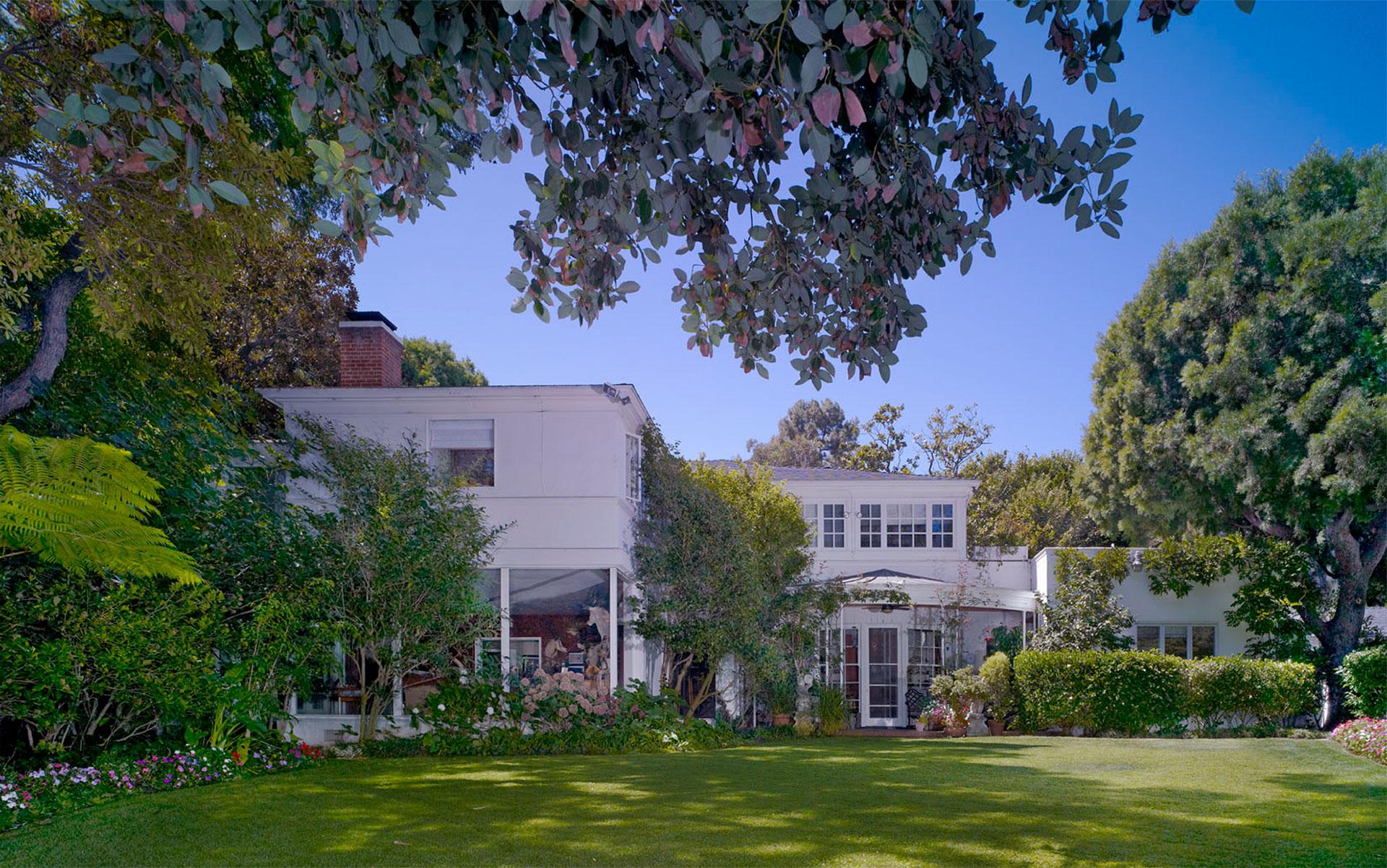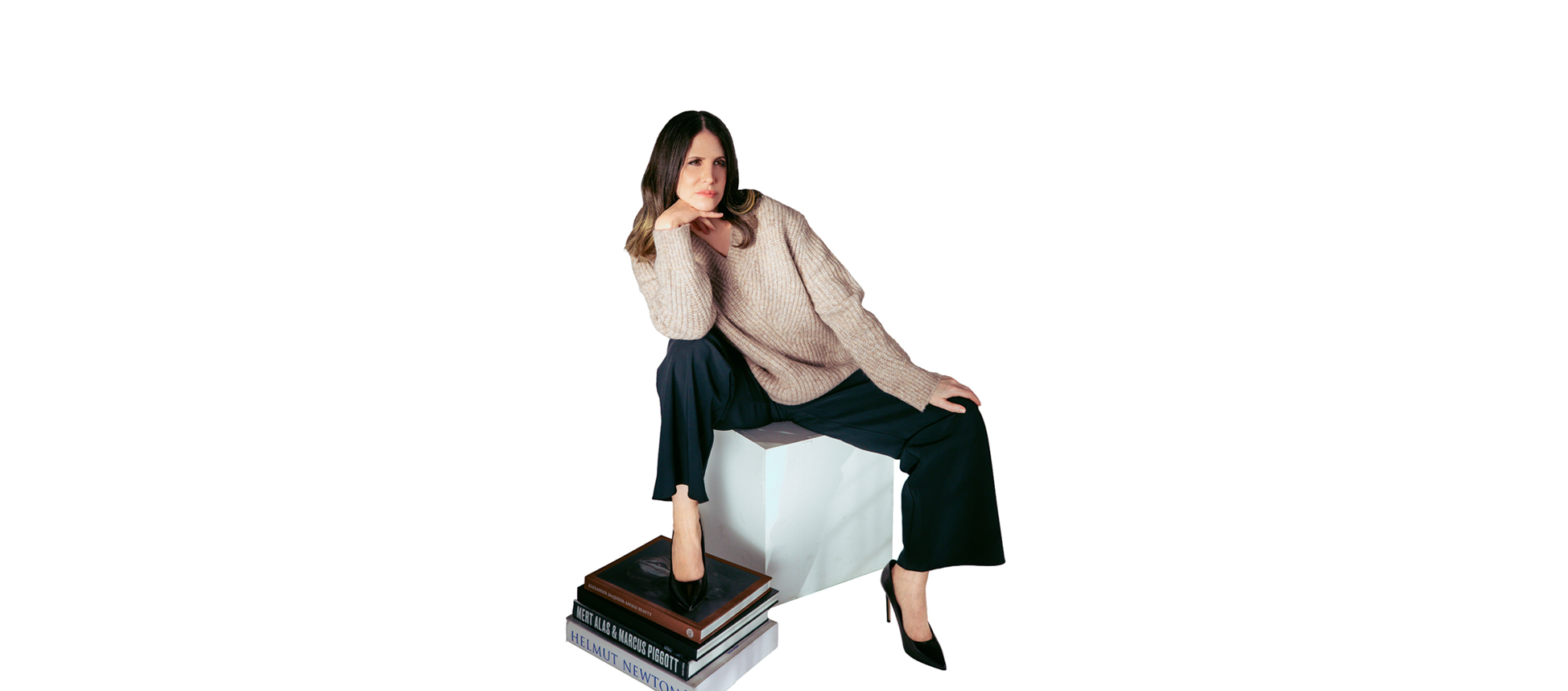
Bel Air
Life in Bel Air begins and ends with the two stately iron entrance gates off Sunset Boulevard that announce arrival in every sense at this unapologetically elite residential enclave. The gates are in fact symbolic: they don’t lock.
In a single word, life in Bel Air is cinematic. Estates often occupying several verdant acres are sheltered behind high walls and even higher green hedges. The early-morning hush is broken only by the hum of leaf-blowers, as legions of gardeners manicure the grounds.
This quintessentially Westside community was founded in 1923 by ranching and oil fortune heir Alphonzo E. Bell, Jr. who named the exclusive area with an abbreviation of his own. Bell’s fierce property battles with competitor William Randolph Hearst were fictionalized in Upton Sinclair’s 1927 novel, Oil!, and are the basis for the 2007 motion picture, There Will Be Blood.
Divided into Upper Bel Air, West Gate and East Gate, this coveted haven does indeed seem to reverberate with Old Hollywood mystique and glamour and the intriguing, noir-ish narratives of power, influence, and vast fortunes won and lost.
Mulholland Drive winds and laces its way through the hills like a rambling Raymond Chandler narrative, pausing at the jewel-like Stone Canyon Reservoir. Built in 1924 by the Los Angeles Department of Water and Power, this scenic stop will remind cinephiles of the movie Chinatown. The reservoir’s innovative construction was masterminded by William Mulholland, both famous and infamous, whose self-taught genius enabled him to create the infrastructure for the coveted, often stolen water supply which allowed Los Angeles to flourish in virtual desert. While recognized as undeniably visionary, Mulholland’s legacy is tainted by the fact that he carried out a campaign of public misrepresentation and deceit, sparked by his own ruthless desire for influence and fame.
The ultimate culmination of Mulholland’s dark side is often described as the worst US man-made disaster of the 20th century, the collapse of the St. Francis Dam in 1928 approximately twelve hours after Mulholland himself had inspected it. The catastrophe took an estimated 431 lives, and Mulholland resigned in 1929 in disgrace. Although the controversial engineer was not charged with criminal wrongdoing, his mystique and tragedy continue to reverberate in the waterways that made Los Angeles as we know it possible.
The icing on the Bel Air cake, however, is a place where none of this sense of dread can enter: the elegant Hotel Bel-Air (hyphen debatable), originally Bell’s 1924 planning office, now owned by the royal family of Brunei. The 12.13-acre estate beckons from among the canyon hills, sophisticated, yet low-key in a manner that’s quintessentially Californian. Yes, it’s pink, but not in the Barbie palette: it’s a frosty rose, like a dream of the perfect birthday cake. Marilyn Monroe lived there for more than a decade, stating that it was the only place in the world where she could elude the paparazzi. Three of the Beatles (Paul, Ringo and George) were once Hotel guests at the same time, but because the location is so discreet, they didn’t discover each other until check-out time. Princess Grace of Monaco has a suite named after her there because she was such a frequent visitor. Today, guests linger in bed, thanks to the Fili d’Oro (“golden thread”) 310-thread count Egyptian linens, dine on Wolfgang Puck specialties in the garden, choose wines from a cellar bursting with more than 2000 selections, celebrate life’s occasions large and small, and take vows of love as Athena and Hercules, the resident swans, mated for life, drift among exquisite plantings, dappled sunlight, and perfumed shadows.
Bell’s founding vision was to create a neighborhood reminiscent of the Italian countryside. As a result, no on-street parking is permitted, and uniquely designed streetlights line the green lanes that wind through the community. The area’s original building style was loosely Mediterranean, and the earthy architecture of those mission-inspired manors was complemented by Italianate names (Via Verona, Rocca, Capello, Stradella, Perugia, Dolcedo, Bellagio) given by Bell’s wife to many of the winding, picturesque streets.
An iconic home designed by Modernist master Richard Neutra is a historic feature of the area. Standing on a parcel just over 5 acres, Neutra’s glass-walled Singleton House, built on a spectacular peak atop Mulholland Drive in 1959 for Teledyne co-founder Henry Singleton, overlooks Stone Canyon Reservoir with views that extend to the ocean and the Santa Monica Mountains. The home was rescued from disrepair in 2004 by Vidal Sassoon, who originally found inspiration for his revolutionary haircuts in the Bauhaus esthetic. The Sassoons added air-conditioning, raised ceilings. enlarged cramped bedrooms and expanded tiny windows, much to the outrage of architecture purists.
Bel Air owes much of its elan to the genius of Paul Revere Williams, a visionary African American architect whose name is rarely heard outside academia. A native Angeleno, Williams graduated from the USC School of Architecture in 1919, during the height of the Woodrow Wilson Presidency which supported Jim Crow laws at every level of society. Sensitive to the deeply embedded racism surrounding the elite field of architecture, Williams learned to draw upside-down so that he could show sketches to white clients from across the safe barrier of a table. He toured building sites with his hands clasped behind his back, knowing that many white colleagues might hesitate to shake his hand.
Sorry we are experiencing system issues. Please try again.

